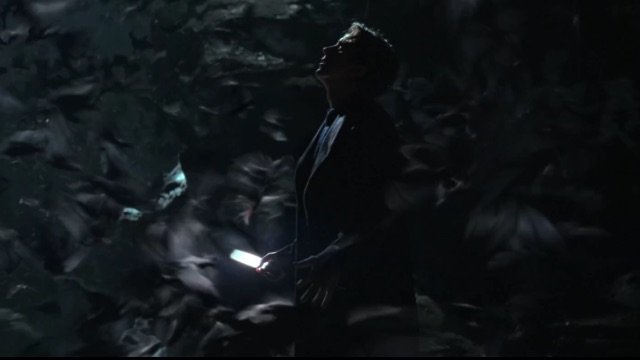“Do I Really Sound Like That?”
Why your voice sounds weird on recording—and how to get past the discomfort.
Don’t worry, it gets better!
My students sometimes make recordings for me to review & bring feedback on to the session. But when I ask them if they watched (or listened to) it themselves before sending to me, usually they say “no way! I couldn’t do that, I hate how my voice sounds on recording.” Sure enough, listening to one’s voice on tape is a dramatically unpleasant experience for most people—which is a shame, because it’s a valuable way to practice! In this article, I’ll share where the common aversion comes from, how to put it behind you, and how to use recordings to your advantage.
Why our voices sound different (and worse) on recording
“Hey, this sounds amazing!”
This has to do with how our bodies process our own voices compared to others’.* Other people’s voices come to our ears through the air, exactly how you’d expect. In contrast, we get the sound of our own voices both through the air and another means: “bone conduction”—sound waves traveling to our ear through our own skull!** Air & bone sound sources combine to produce a richer, fuller, more “resonant” sound—which also happens to be the version of our voice that we’re used to.
Solid matter is also better at conducting deeper sounds, so our voice also usually sounds lower to us than others—a vocal quality many people prefer. & finally, we perceive our own voices as less nasally, since the sound that naturally comes through our nose when we speak isn’t as prominent to us amidst that nice bone-conducted sound. The recording doesn’t lie, though—the nasal aspect is part of our voice as others hear it.
Another reason for the “ew gross, is that really me?” reaction is psychological: When you listen to your voice on recording, you know it’s you—but it doesn’t sound like you. That’s fundamentally quite weird! Like looking in the mirror & seeing someone who looks only sort of like you—and a less good-looking version to boot. No wonder people shy away from confronting that impostor!
2. How to get past the discomfort
First, I think it helps to understand the basic mechanics of why our voices sound different on recording (which, if you’ve read thus far, hopefully you do!). Like, it’s not a mysterious affliction that singled you out with malicious intent. Rather, it’s a completely normal phenomenon that nigh-on everyone experiences. You & your weird-sounding (to you!) voice are not alone! & hopefully that’s a comfort.
Keep in mind also that while your recording voice is new to you, it’s what everyone else hears all the time already—& somehow they manage to listen to you without running away, hands over ears.
Hey, it worked for Bruce Wayne.
The final method may strike you as disappointingly old-fashioned: Just dive feet-first into the discomfort, listening to recording after recording of yourself until it doesn’t bother you anymore.
In my experience, a few weeks of regular exposure is enough to take pretty much all the sting out of hearing it. After that, you won’t love your voice on tape,*** but it shouldn’t bother you anymore, either.
3. Then you can listen to your recordings!
The power of recording review is why getting over the ick factor of listening to your voice is so important. Then you’ll be able to listen to yourself impartially, as a coach would—dispassionately assessing your performance & finding ways to sharpen your skills. This is a central part of self-coaching, & it can be yours for the low low price of maybe a few hours of wincing & shuddering. :-)
* There are much more detailed & technical ways to describe this next part, but I’m going to save both of us the headache & keep it simple.
** Skeleton sounds, if you will. Macabre, but real!
*** This is a good thing. People who love the sound of their own voices and figure others do as well tend to talk a bit too much.




